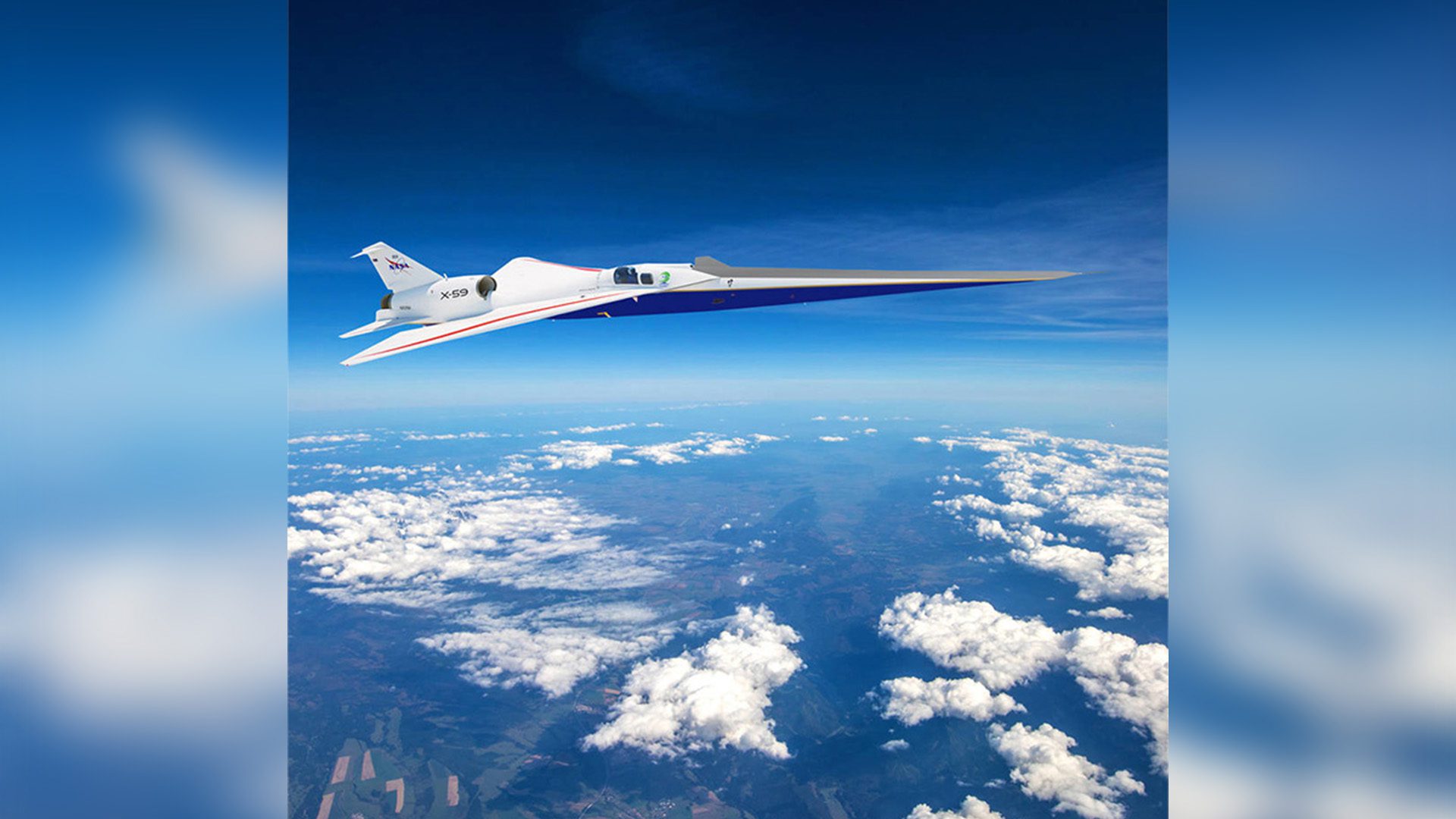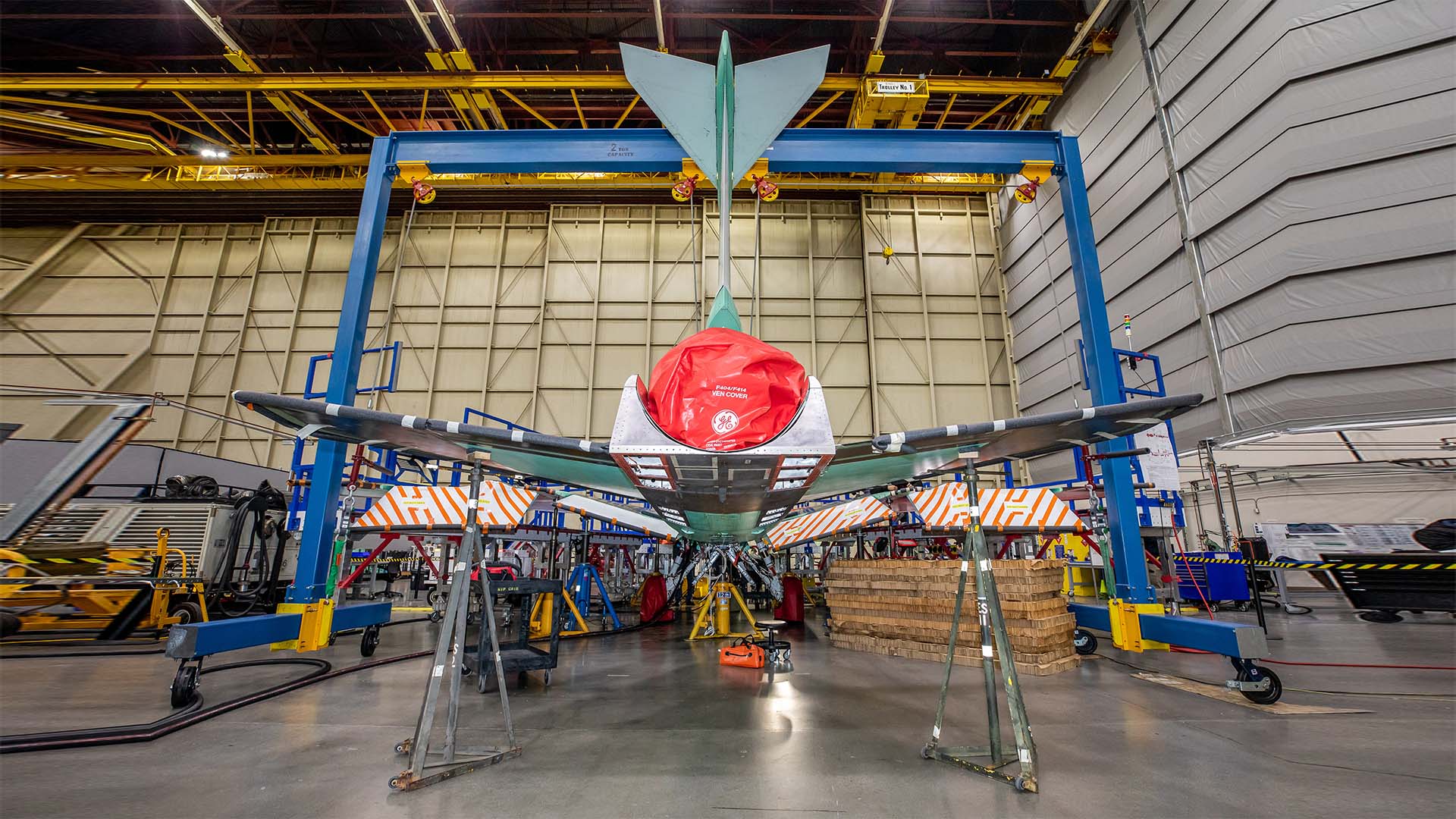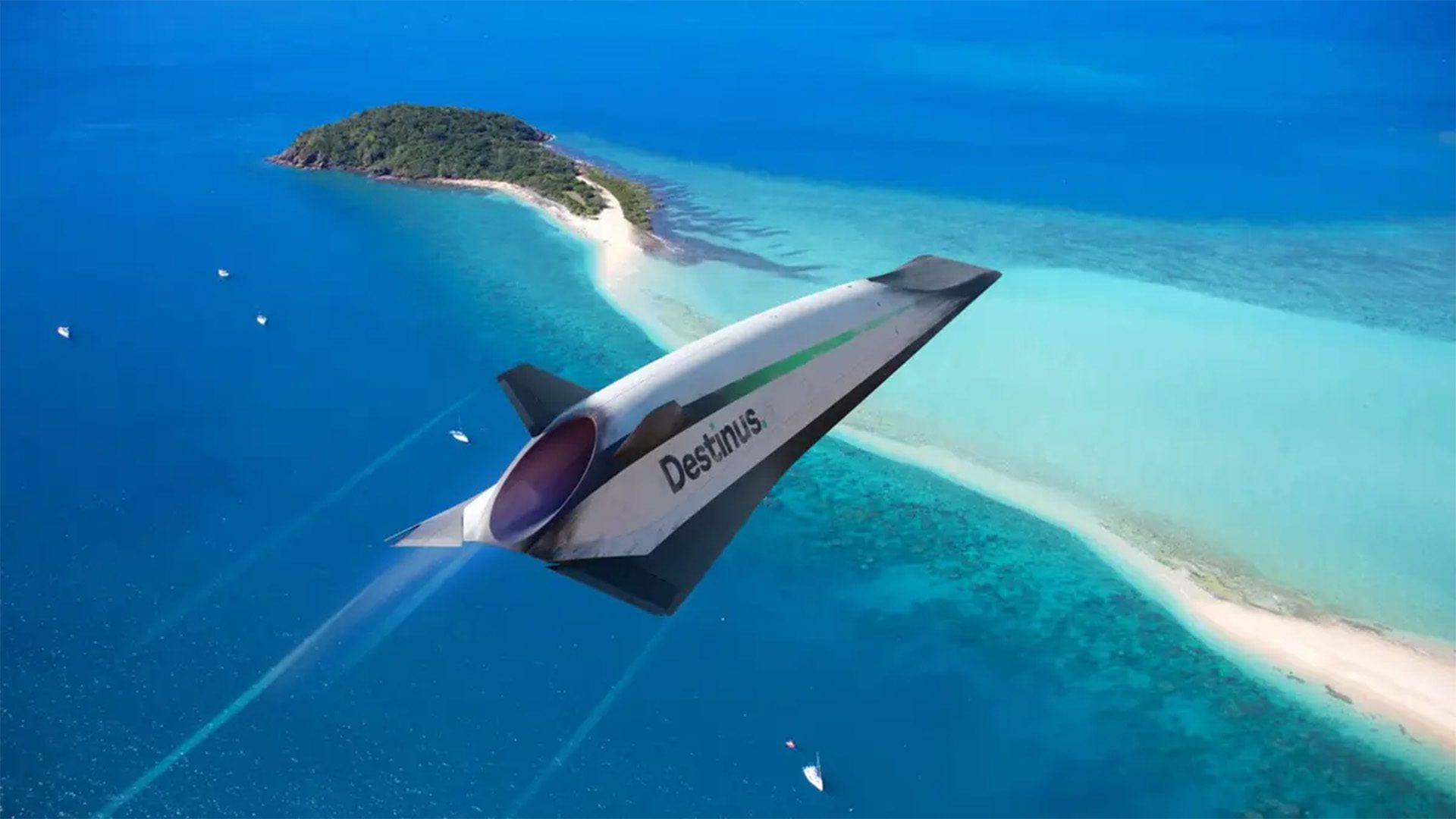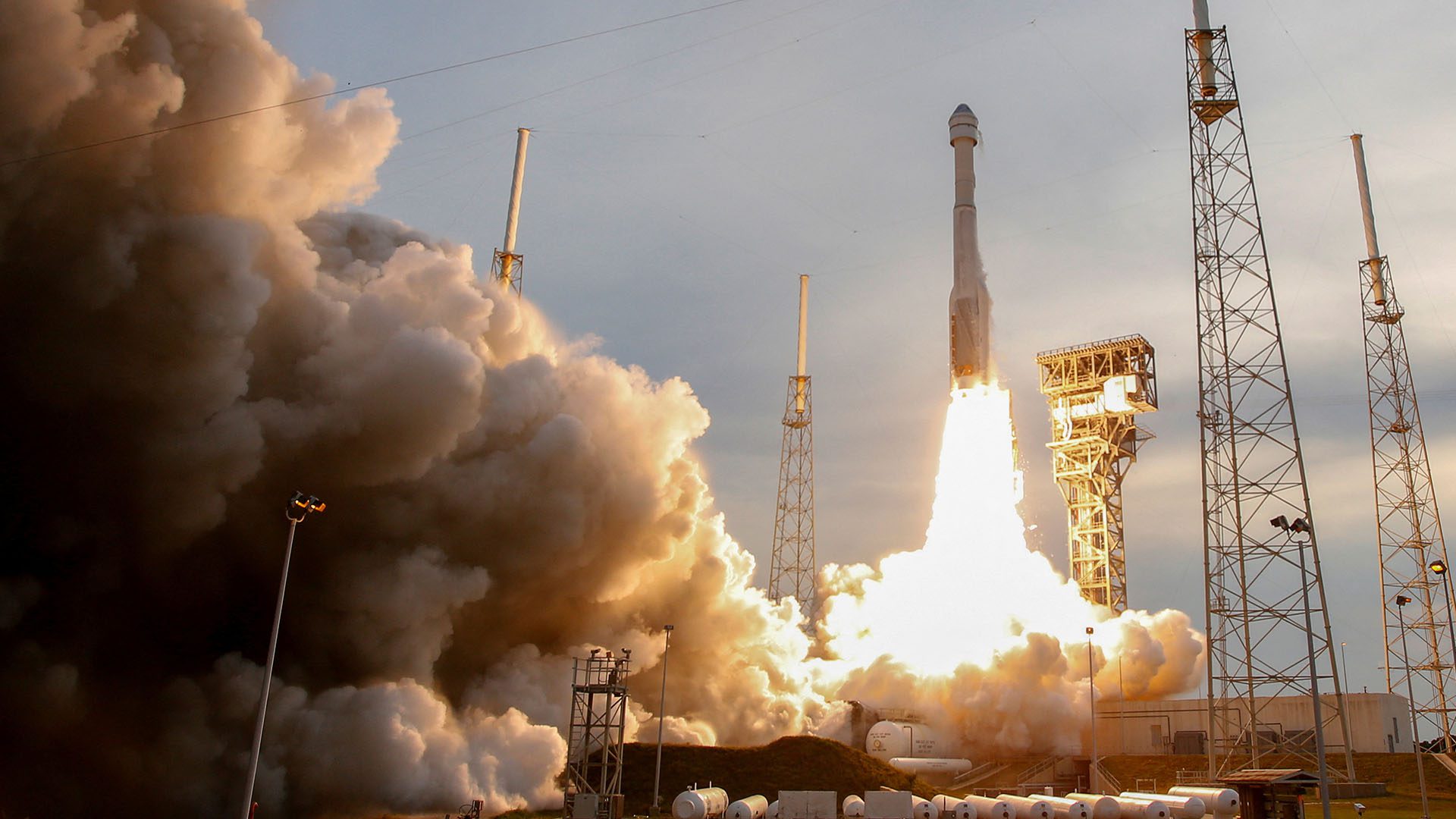Traveling through the air faster than sound could come sooner than you think. NASA is aiming to end the 50-year ban on civilian supersonic aircraft over land in the United States. If the ban is lifted, new commercial cargo and passenger markets would open up, dramatically reducing travel time.

NASA’s Quesst Mission
Changing the supersonic speed ban is the ultimate goal of NASA’s Quesst mission. To do so, Quesst is designing and building NASA’s X-59 research aircraft with technology that reduces the loudness of a sonic boom. Instead of hearing a sonic boom, people would hear sonic “thumps”, if anything at all.
The X-59 will be flown over communities in the United States so NASA can gather data on human responses to the supersonic flight sound. This data would be reported to regulators with the hope that new rules regarding supersonic flight over land would be written and adopted.
The mission’s goal is for the updated standards to focus on the sound an aircraft creates, rather than a speed limit. As explained by Peter Coen, NASA’s Quesst mission integration manager, “…instead of a rule based solely on speed, we are proposing the rule be based on sound. If the sound of a supersonic flight isn’t loud enough to bother anyone below, there’s no reason why the airplane can’t be flying supersonic.”
According to a blog post uploaded to NASA’s site on April 27, the Quesst mission is nearing its final developmental stages and is almost ready to conduct community overflights and public surveys. However, public approval and lifting the ban are just the first steps. Airport noise, emissions, and climate impact are all factors that the agency says they still need to address.
The integration of the aircraft’s 13-foot-long engine with 22,000 pounds of thrust was finished in December. The supersonic aircraft is designed to fly Mach 1.4; the speed of sound is Mach 1, or about 761 mph at sea level. In comparison, a typical commercial jet flies around 460-575 mph.
Why is Civilian Supersonic Flight Banned?
The origins of the federal ban on supersonic flight can be traced back to 1947 when the rocket-powered XS-1 airplane broke the sound barrier for the first time. As the Air Force and Navy began to deploy large numbers of supersonic jets at bases around the country in the 1950s and 1960s, residents of many cities were exposed to many loud and disruptive sonic booms. Negative sentiment around supersonic flight spread as a result.
To better understand and predict sonic boom formation, the U.S. government began to work with industry professionals in an effort to develop the Supersonic Transport, or SST. This project aimed to produce the prototype for a new commercial supersonic airliner that could carry as many as 300 passengers anywhere in the world at speeds as great as three times the speed of sound.
However, while researchers were working on SST and reducing the sonic boom noise levels, environmental concerns and negative public opinions continued to arise. For example, on May 31, 1968, an F-105 Thunderchief fighter jet broke the sound barrier flying 50 feet over the school grounds, blowing out 200 windows on the side of a chapel, and injuring a dozen people.
Within a few years, the FAA formally proposed a rule to restrict the operation of civil aircraft at speeds greater than Mach 1. In 1971, Congress officially canceled the SST program. The ban on civilian supersonic flights over land went into effect in 1973, and the ban remains in effect today.

According to NASA, the speed limit created in 1973 didn’t consider the possibility that an airplane could fly supersonic without creating disruptive sonic booms. The assessment was fair at the time because the technology required to make that happen didn’t exist yet. During the past 50 years, NASA’s innovators have been working to quiet the boom.







